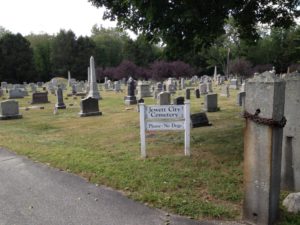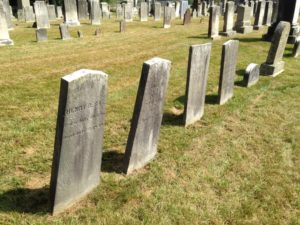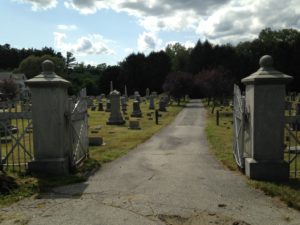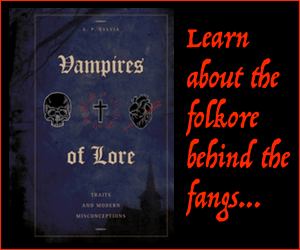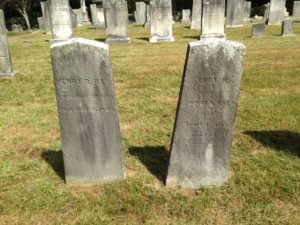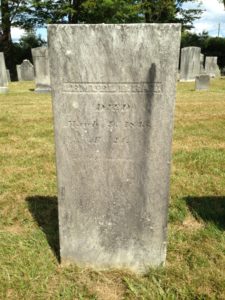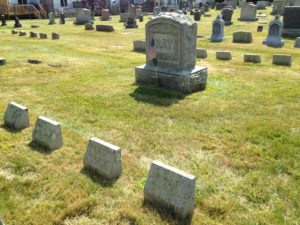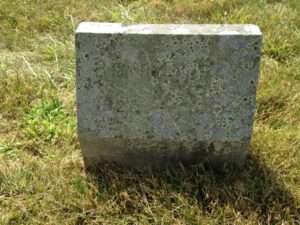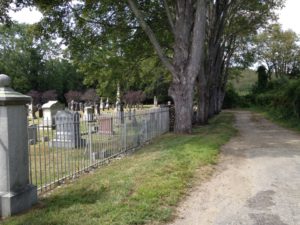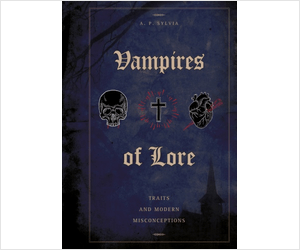In an out-of-the-way cemetery in Jewett City, Connecticut, you’ll find the burial plots of the Ray family. Tragedy struck this family in the mid-1800s when a number of its members were lost to consumption (now known as tuberculosis). People started thinking that the illness was due to something supernatural. Suspicion fell upon the dead and drastic actions were taken.
Before consumption’s devastating impact, the family unit consisted of Henry B. Ray, his wife, named Lucy H., and their four sons. It was on March 9, 1845 that 24-year-old son, Lemuel Billings Ray, became the first family member to fall victim to the disease. Next was Henry B., who died on July 3, 1849, shortly before his 53rd birthday. Another son, Elisha H., was then taken on February 1, 1851 at the age of 26. Within the course of six years, the family had lost three people.
Unfortunately, this was not the end of the Rays’ suffering. In 1854, a third son, Henry Nelson Ray, started showing the deadly signs of consumption. It was at this desperate point that the community turned to folklore, believing that the dead were feeding on the living. It was thought that the family members would be in danger so long as this hungry corpse remained even partially intact. Thus, on May 8th, 1854, there was a gathering at the Jewett City Cemetery. It consisted of the Ray family, friends, and additional community members. The bodies of Lemuel and Elisha were both exhumed and burned there on the grounds. The attempt to end consumption’s tragic progression proved unsuccessful, however. Henry N. Ray died that same year at the age of 34. Sadly, his wife and children were also victims of the disease.
The graves of Henry B., Lucy, Lemuel, and Elisha can all be found next to each other in Jewett City Cemetery. Their headstones are fairly prominent and can clearly be read. The markers are not far from the flagpole in a section on the right side of the center path, which leads from the main gate. The sources do not say where inside the cemetery the cremation took place – one can assume it would have been an open space not far from the graves.
The grave of Henry N., however, is in a different spot. It is on the left side of the main center path. There are two large monuments with the family name of Ray in this area. Heading towards the one further back (with the more rounded top and rough-style surface), you’ll see short, slanted stones around it. One of these is for Henry N. When I visited, the marker was rather hard to read due to lichen. The slanted stones appear to be more modern because these burials were not originally in Jewett City Cemetery. They were moved to this location in the early 20th century from a cemetery in a different part of the town.
Jewett City Cemetery, which dates back to 1834, can be found at the end of Anthony Street behind some multi-unit residential buildings. It’s important to note that Jewett City is a borough within the town of Griswold, CT. You may see either name depending on how you obtain directions.
The actions taken at this site may seem quite shocking, but the beliefs of the community were not unheard of in New England. There are a number of similar incidents, such as those involving Mercy Brown and Sarah Tillinghast. All these cases illustrate the desperate actions people can be driven to and the power of folkloric traditions.
(If you’d like to learn about other vampire tales, please take a look at my book, Vampires of Lore: Traits and Modern Misconceptions.)
Location:
Anthony Street (at the end)
Jewett City, CT 06351
– Town is sometimes listed as Griswold, CT
Sources:
Bell, Michael E. Food for the Dead: On the Trail of New England’s Vampires. New York: Carroll & Graf Publishers, 2001.
D’Agostino, Thomas. A History of Vampires in New England. Charleston, SC: Haunted America, 2010.
Written by A. P. Sylvia

